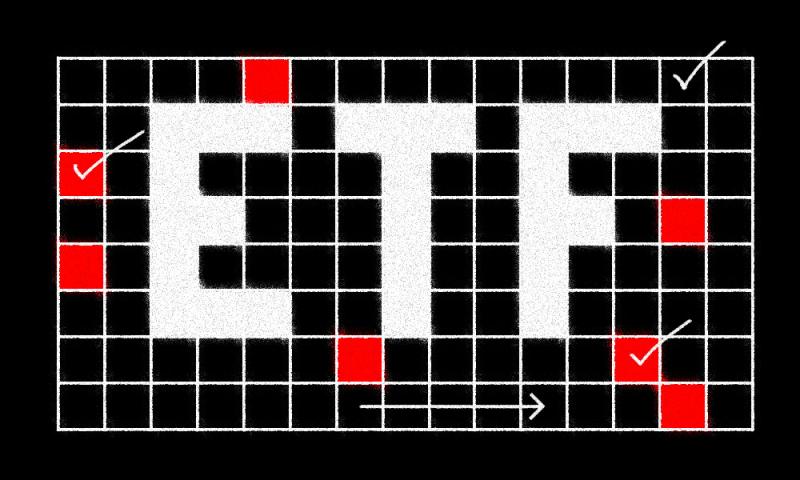People call her CryptoMom. But it wasn’t her enthusiasm for bitcoin that dominated SEC Commissioner Hester M. Peirce’s remarks at the ETF Global Markets Roundtable in May.
In a speech titled “a quarter of a century of exchange-traded fun,” Peirce focused on the ETF rule proposed by the Securities and Exchange Commission in June 2018. (Or should that be re-proposed?) The SEC originally put forward a rule to make it easier and cheaper to launch certain types of ETF in 2008, but it was shelved when the financial crisis proved too big a distraction.
Under current proposals, the SEC will codify the exemptive relief that it has been awarding on a case-by-case basis over the last 25 years. The idea is to standardize the conditions attached to relief, making it easier for fund sponsors to get their ETFs to market.
“A level playing field without long approval queues makes for better competition, which is good for investors, capital formation, and the health of our markets,” Peirce said, adding that she hopes the rule will be finalized this year. “It is remarkable to think an innovation that was launched in 1993 is only just getting its own rule.”
The changes will allow most ETFs to come directly to market without the costs and delays associated with obtaining individual exemptive orders, 300 of which have been issued since 1993.
This will open up the booming ETF market, which is already outpacing the market for mutual funds. From 2008 through 2017, ETF assets grew from approximately $530 billion to $3.4 trillion, according to the Investment Company Factbook in 2018. Over the same period of time, mutual fund assets increased from approximately $9.6 trillion to $18.7 trillion.
The SEC proposals have received widespread support. BlackRock singled out the plan to create standards around “custom baskets” – key ETF portfolio management tools, especially in fixed income ETFs – saying that basket customization will help promote efficient ETF share creations, resulting in greater liquidity and pricing that more closely reflects changing market conditions. Anna Paglia, head of legal, US ETFs, at Invesco, said the proposals will “simplify and modernize” the regulatory framework governing ETFs, while standardizing the market for plain vanilla products.
The proposed rule will give fund sponsors more latitude in creating baskets that don’t have to mirror an index, which may allow some actively managed ETFs to operate in a more efficient and cost-effective way. Nonetheless, researchers at Deloitte predict that most new ETFs under the proposed rule will likely be either traditional passive ETFs or enhanced beta products.
Not all ETFs are included in the rule. The current proposal asks questions about, but omits geared funds, or leveraged and inverse ETFs. Such ETFs will still have to seek exemptions from the SEC. This decision may indicate the SEC commissioners’ enduring concerns about retail investors investing in leveraged and inverse ETFs.
If Peirce has anything to do with it, that may not last. “Our unwillingness to allow more competitors to offer geared ETFs seems to be another example of our denying or curtailing access to an investment product that would be useful to some investors,” she said.
An exemptive application for a crypto ETF or crypto ETP may be even further away. Commissioners have raised a number of potential issues with such products, from market manipulation to retail investor protection. But Peirce, true to her CryptoMom nickname, said the SEC better get there before the market does.
“The reality is that retail investors will get access to these products, even if we do not allow them to do so through SEC regulated products and venues,” she said. “It is not the Commission’s role to be the arbiter of what constitutes an appropriate investment or to act as an investment adviser.”







